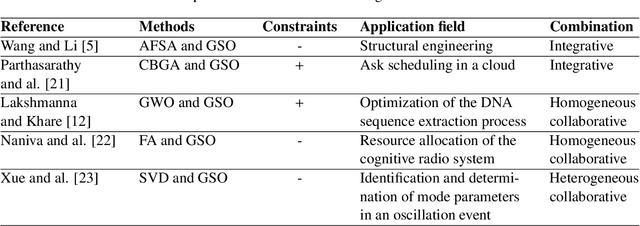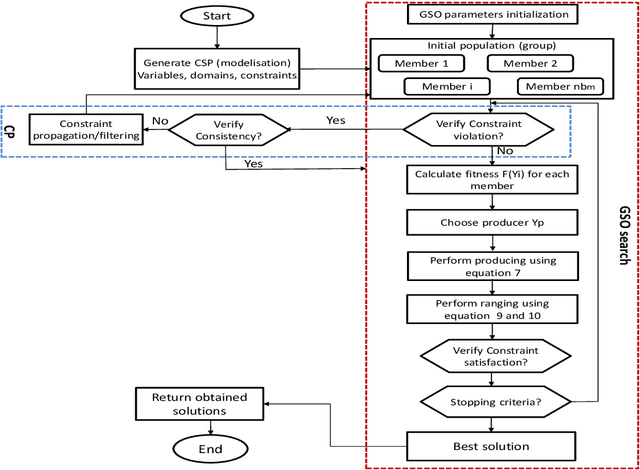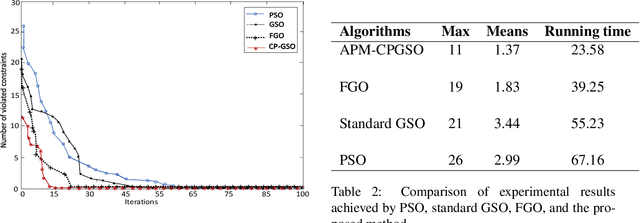Zouhayra Ayadi
Modeling Complex Object Changes in Satellite Image Time-Series: Approach based on CSP and Spatiotemporal Graph
May 24, 2023Abstract:This paper proposes a method for automatically monitoring and analyzing the evolution of complex geographic objects. The objects are modeled as a spatiotemporal graph, which separates filiation relations, spatial relations, and spatiotemporal relations, and is analyzed by detecting frequent sub-graphs using constraint satisfaction problems (CSP). The process is divided into four steps: first, the identification of complex objects in each satellite image; second, the construction of a spatiotemporal graph to model the spatiotemporal changes of the complex objects; third, the creation of sub-graphs to be detected in the base spatiotemporal graph; and fourth, the analysis of the spatiotemporal graph by detecting the sub-graphs and solving a constraint network to determine relevant sub-graphs. The final step is further broken down into two sub-steps: (i) the modeling of the constraint network with defined variables and constraints, and (ii) the solving of the constraint network to find relevant sub-graphs in the spatiotemporal graph. Experiments were conducted using real-world satellite images representing several cities in Saudi Arabia, and the results demonstrate the effectiveness of the proposed approach.
A Hybrid APM-CPGSO Approach for Constraint Satisfaction Problem Solving: Application to Remote Sensing
Jun 06, 2021



Abstract:Constraint satisfaction problem (CSP) has been actively used for modeling and solving a wide range of complex real-world problems. However, it has been proven that developing efficient methods for solving CSP, especially for large problems, is very difficult and challenging. Existing complete methods for problem-solving are in most cases unsuitable. Therefore, proposing hybrid CSP-based methods for problem-solving has been of increasing interest in the last decades. This paper aims at proposing a novel approach that combines incomplete and complete CSP methods for problem-solving. The proposed approach takes advantage of the group search algorithm (GSO) and the constraint propagation (CP) methods to solve problems related to the remote sensing field. To the best of our knowledge, this paper represents the first study that proposes a hybridization between an improved version of GSO and CP in the resolution of complex constraint-based problems. Experiments have been conducted for the resolution of object recognition problems in satellite images. Results show good performances in terms of convergence and running time of the proposed CSP-based method compared to existing state-of-the-art methods.
 Add to Chrome
Add to Chrome Add to Firefox
Add to Firefox Add to Edge
Add to Edge